
View Vetwebsites Articles
The Hype about Hyperadrenocortism

Cushings Syndrome in animals
Hyperadrenocorticism, or Cushing’s Disease, is a condition whereby the level of cortisol in the body is too high. It is a condition which is also found in humans and the name Cushing’s Disease or also commonly known as Cushing’s Syndrome comes from Harvey Cushing, who in 1912, was one of the first physicians to report a patient affected with excessive cortisol hormone also otherwise known as glucocorticoid.
Diabetes Defined

Diabetes in dogs and cats
The pancreas is an organ in the body which is closely associated with the segment of intestine that leaves the stomach. The pancreas releases enzymes involved in digestion as well as hormones with specific functions. One of these hormones is insulin. Insulin is released from the pancreas in response to the intake of food, especially carbohydrates and to a lesser degree fats and protein. Insulin circulates in the bloodstream and facilitates the uptake of the ingested nutrients into the body’s own stores of energy.
My pet is having a fit! - Seizures in Pets
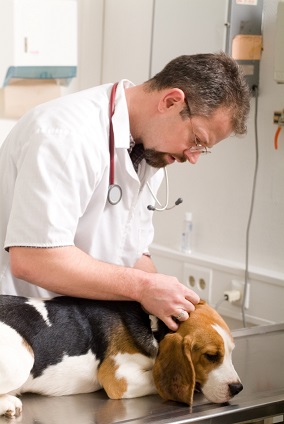
Seizures in Pets
Anyone who has ever seen an animal experiencing a seizure will know that it is a “hair-raising” event. Seizures or ‘fits’ is a well-described phenomenon in domestic pets. The way in which a fit or seizure presents can vary significantly, from what seems to be a brief moment of absent-mindedness to full blown body contractions where the animal is semi-conscious and lying on the ground shivering, shaking and convulsing, with foam coming out the mouth and looking like it is busy dying. Owners, and even vets who may have seen such seizures in pets quite often, still find it disturbing
Cancer in pets - Part 2 of 2
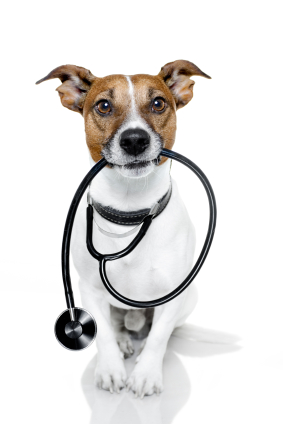
Cancer
The treatment of cancer in pets has become a significant part of the therapy provided by veterinarians to keep our pet population healthy and thriving. Depending on the modality used, the type and extent of cancer treated, and the size and the nature of the animal involved, cancer treatment can be very expensive. Therefore, as with any disease, the principle of prevention is better than cure holds true. Not all cancers can be prevented but there are certain types of cancers which can be prevented and others that, if treated early on, require much less invasive treatment and therapy, than
Children and pets
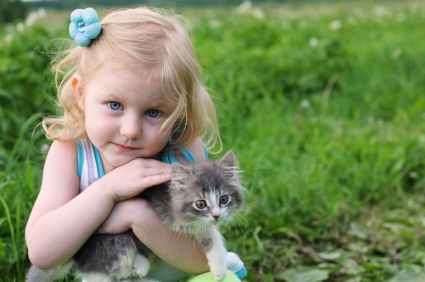
Children
Children and pets are synonymous. Most families at some point in time acquire a pet for their children. Be it goldfish, pocket pets like hamsters, mice, gerbils or guinea pigs, birds, dogs, cats, rabbits or even something exotic like a snake, a tortoise, bearded dragon or iguana. Pets come in all shapes and sizes and often times they are given to a child as a gift. Sometimes the child has not asked for a pet and receives one without receiving proper instructions on how to care for it. Many times children will beg and nag their parents for a certain
Cancer in pets - Part 1 of 2
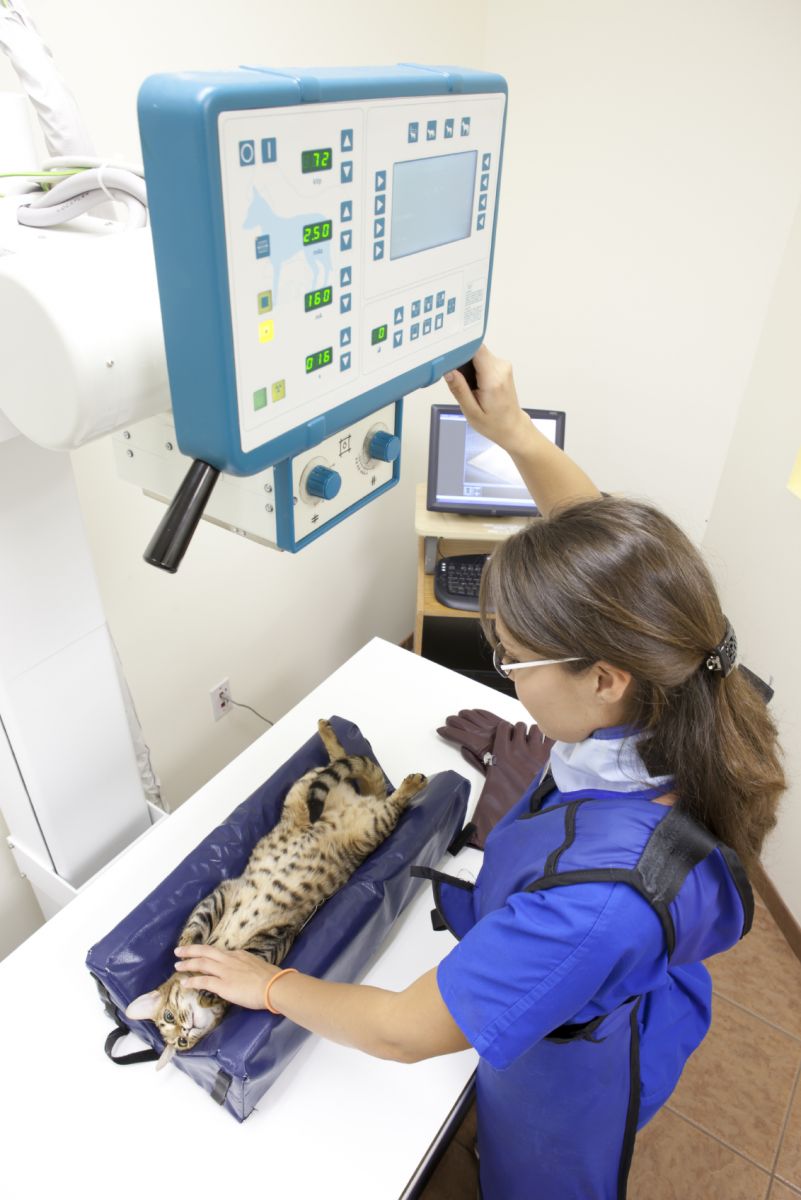
Cancer
The battle against cancer in humans is as old as mankind itself. Since veterinary medicine became a fully-fledged discipline in the previous century, this battle has been extended to animals, and more so than any other area of veterinary medicine, to our pets. Many animal owners who are confronted with cancer in their pet for the first time, are somewhat surprised to find out that cancer is as prevalent in animals as it is in humans. Once they have overcome the initial shock, they find it even more surprising that cancer in animals is treated very much the same way
Smelling as fresh as a spring breeze
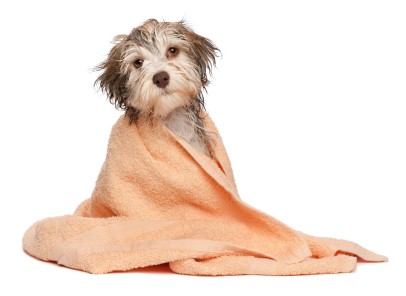
How to bath your pet
Human hygiene and animal hygiene are worlds apart. Whatever is considered to be clean for humans is totally something else for our pets. Dirt may easily be disguised in the thick (or thin) coat of a pet and only once the animal is washed do we really see how dirty they are.
Fireworks and Thunderstorms and your pet

Anxiety Attacks in pets
Anxiety and angst is as much part of the animal world as it is of the human world. As humans, the way in which we manage stress and anxiety is largely related to our understanding of our environment and an interpretation of cause and effect. Unfortunately this is not the same for animals. A human who is about to set off a large fire cracker can warn all those around them of the impending bang, and prepare everyone for the impact. However explaining to a dog or cat that the glitter of a burning fuse will lead to a
New puppies and kittens - Part 3 of 3

Breeding with my dog or cat � Should I or should I not?
Nobody will dispute the cuteness of puppies or kittens. These adorable little creatures really pull at the heartstrings and appeal to young and old. However spending some time in a puppy or kitten shelter and seeing what undernourished or uncared for puppies or kittens look like, will make anyone who is serious about the well being of animals think twice about indiscriminate breeding.
Frequently Asked Questions about Rabies
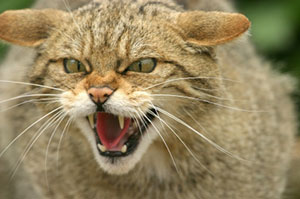
Rabies
How often must I vaccinate my dog?
Puppies should be vaccinated at 3 months old with a booster vaccination required a month later and a booster given within 12 months of original vaccination. Thereafter animals who live in Rabies endemic areas like KwaZulu Natal should be given a rabies vaccination every year and animals living in non-Rabies endemic areas every 3 years by law, but preferably also yearly, because in places like Johannesburg which is non-Rabies endemic there have been several outbreaks of Rabies in the past few years.
